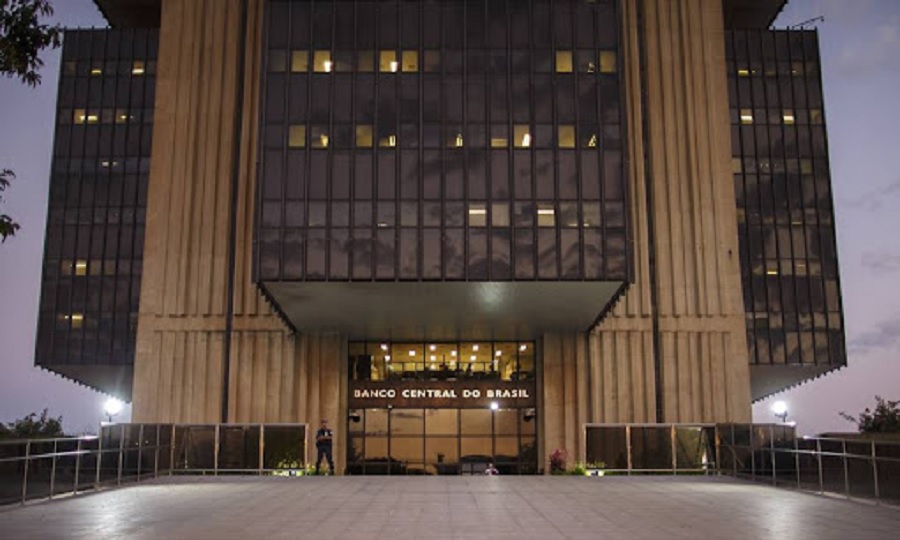RIO DE JANEIRO, BRAZIL – The issue has been mentioned by the monetary authority’s officials in their notes about the recent dynamics of the Brazilian real. However, analysts say that, albeit growing in importance, this trend still has little impact on the dollar rate at the moment – especially given Brazil’s increasingly deteriorating fiscal expectations.
According to the Central Bank’s latest data, Brazilians’ investment abroad in the last 12 months through September reached US$26.19 billion. Of these, US$20.33 billion are portfolio investments and US$5.86 billion in cryptoassets, which are accounted for in the Balance of Payments on another line, as an asset import. The figure is thus slightly below the US$27.54 billion recorded in August, an all-time record.

Commenting on the foreign exchange market in his last appearance in a public event two weeks ago, Central Bank monetary policy director Bruno Serra noted that the volume of funds sent abroad by Brazilians “continues to accelerate,” despite the depreciated exchange rate. “This dynamic of investment diversification abroad may be here to stay,” he said. The official further stated that Brazilians already hold US$50 billion in cryptoassets, approximately triple the amount they hold in U.S. companies’ stocks.
Serra’s comments came at a time of pressure for the exchange rate – even before the further deterioration in expectations caused by the government’s intention to breach the spending cap – when the Central Bank began to make new interventions in the exchange rate, either through currency swaps or sales in the spot market.
“When it begins to be displayed in a power point from the Central Bank, it means they are watching,” says BLP Asset Management partner and manager Alexandre Vasarhelyi, which created the first cryptoasset fund in the Brazilian market. “I don’t know if it is sizeable enough to affect the exchange rate, but today there are many more products for Brazilians abroad. And in the case of cryptoassets, this is definitely a flow that didn’t exist 4 years ago.”
In recent years, the combination of a declining SELIC rate, regulatory changes that allowed greater access to products abroad, and popularization of portfolio investments in Brazil resulted in a growing volume of investments by Brazilians abroad, from individuals, qualified or otherwise, to pension funds. These investments translate into higher demand for dollars.
Garde Asset chief economist Daniel Weeks draws attention to the fact that the share of Brazilian investments abroad in relation to the GDP is still very low when compared to other emerging countries. “At the end of 2020, this ratio stood at 3% for Brazil, compared to 5.8% for Mexico, 7.3% for Russia, 25.4% for Colombia, and up to 77% for Chile,” he notes. “This suggests that the process still has a long way to go.”
For the new head of treasury at Citi Brazil Eduardo Miszputen, portfolio investments still represent a specific component of the exchange rate formation process. In his assessment, other more structural factors ultimately generate pressure on the Brazilian real at the moment.
“One of them is the important fiscal deterioration we are witnessing, as well as doubts as to how the government will deal with this issue in the medium term,” the executive says. “An interesting point is that the correlation between commodity prices and the Brazilian currency has been broken. I think what caused this was precisely the negative perception of fiscal risk.”
Moreover, Miszputen says there are external pressures, particularly the global acceleration of inflation not only in the U.S., which signals for a tightening of financial conditions and lower growth. “The Evergrande case in China was also a factor. It is hard to know if it is an isolated case, but the fact is that China currently represents 30% of our imports. A lower Chinese growth scenario, with higher inflation and interest rates, penalizes emerging currencies, and Brazil will ultimately suffer more because of this fiscal stress.”
“Balance of payments data show the center of gravity of the exchange rate. But this is only an auxiliary variable to have an idea of how much it is out of place. If it were based on these numbers, the dollar would have to be close to R$4.50 in Brazil,” says Kairós chief economist Marco Maciel. “But by taking that R$4.50 and applying the 16% implied volatility we have now, we get to the current R$5.60.”
On the other hand, it is worth noting that the inflow of foreign portfolio investments has also accelerated in 2021. In the last 12 months through September, it reached US$42.676 billion, more than 1.5 times the outflow in the period.
“As intense as this outflow on the margin may be, the flow is still very positive for the year. Therefore, the spot market is not what is driving it, but rather the perception of greater fiscal and political risk,” says BTG Pactual economist Iana Ferrão.
On the other hand, the economist considers that the rise in the SELIC rate may slow the outflow of resources from Brazilian investors in the coming months. “It’s not just a matter of changing regulations. With the SELIC close to 2%, many pension funds, which work with profitability targets, were driven to look for better opportunities abroad,” she says.
This potential deceleration of outflows caused by the SELIC, however, is not yet reflected in the palance of payments figures, Ferrão continues. “Perhaps because there was a rise in interest rates, while at the same time there is great uncertainty about the future of public accounts,” she says.
BLP’s Vasarhelyi assesses that demand for cryptoassets should continue to grow. “Bitcoin does not behave with assets like interest rates, it does not react automatically to Brazilian or American assets, it has its own dynamics. This can be important because of the electoral scenario,” he says. “If Brazilians invested in NTN-B this year and lost and tied if they invested in the stock market, they profited if they invested in cryptocurrencies.”

